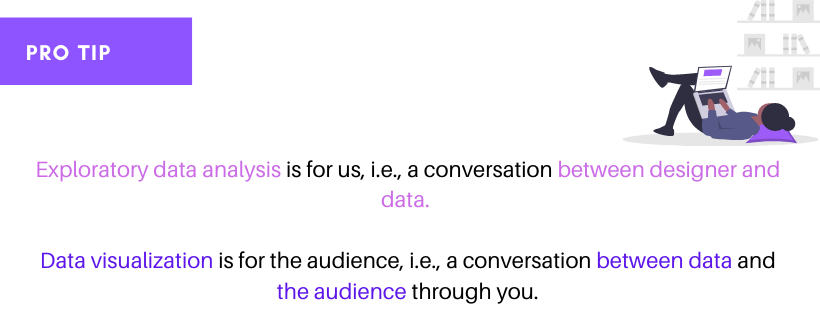A few months back, while I was surfing Instagram, I saw a comment in a post, with a remark, “You have used data-ink ratio in good order.” I immediately started exploring the term “data-ink” and realized that it was coined by “Edward Tufte.” I had read his name on some of the research papers a few months ago on the Human-Computer Interaction course. As I determined the connection between the author’s name and the term data-ink ratio, I began to explore it and started implementing it on my data visualization journey.This blog is dedicated to those who want to dive into or are engaging in mesmerizing data visualization fields.Data visualization is mapping values to visuals or, say, turning numbers into pictures and stories, allowing us to explore, explain and understand the data in a different way, giving us the window of opportunity to grab the hidden pattern and insights.

Suppose you have previous experience in data visualization or is a neophyte to this field. In that case, I am sure you have played with visual encoding or have a basic idea of it.Generally, when we try creating a visualization, we append a lot of information needed for the audience, so we fantasize about introducing more colors, facts, images, etc. They sometimes look good, but most of the time, it leads to the visual clutter: making our work loath by the audience.
#data #data-science #graphic-design #information-design #data-visualization
